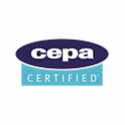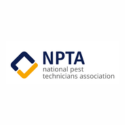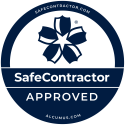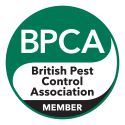Here are a few of the most common pests the Protex Pest Control experts deal with each day in London and its surrounding areas. They range from ants and bed bugs to moths, wasps, rats, mice and pigeons. There are many more though, so do still get in touch if you need a solution for a pest that is not on our list. We provide pest control services for residential and commercial properties in London and the Home Counties. We also work with other pest control professionals to provide bird deterrents such as netting.
Our pest control professionals truly understand pest behaviour which allows us to provide targeted solutions to remove and deter specific pests. We consider a number of factors such as:
If you need help to identify a pest before you contact us, here is a helpful guide from the British Pest Control Association.






